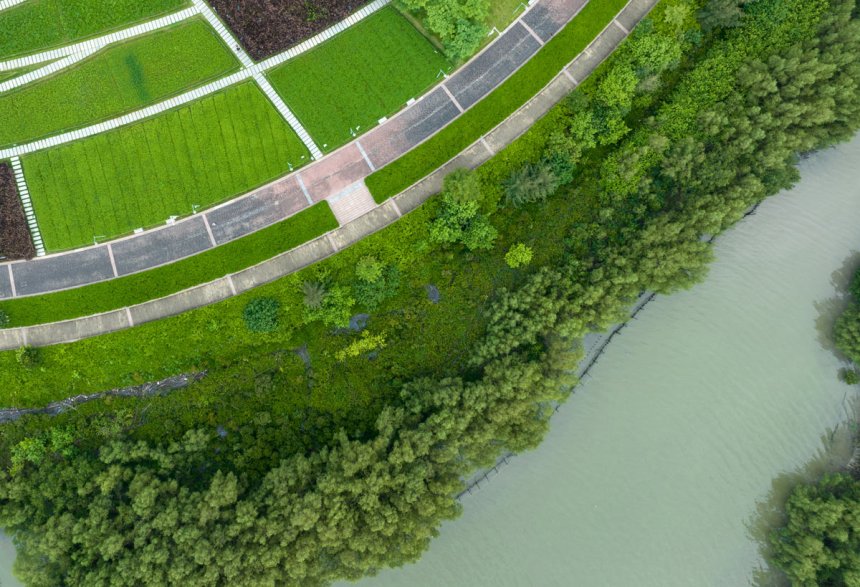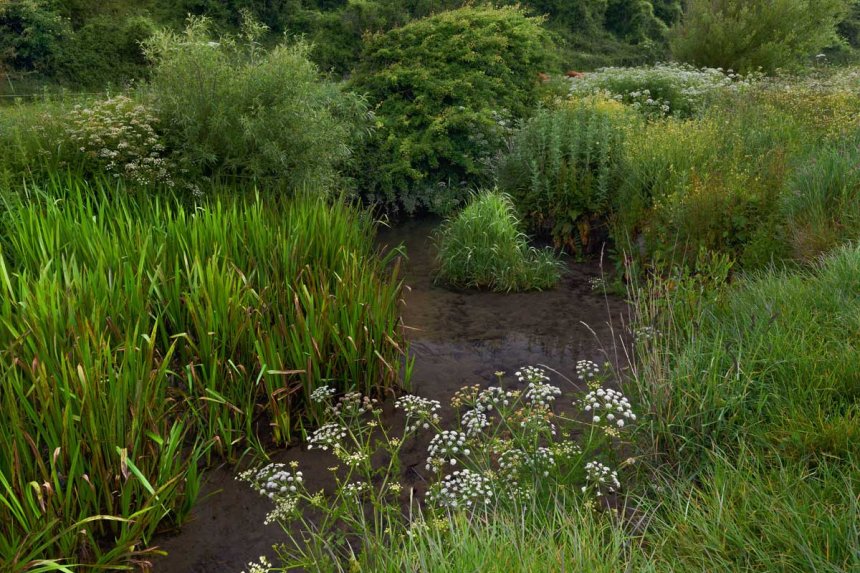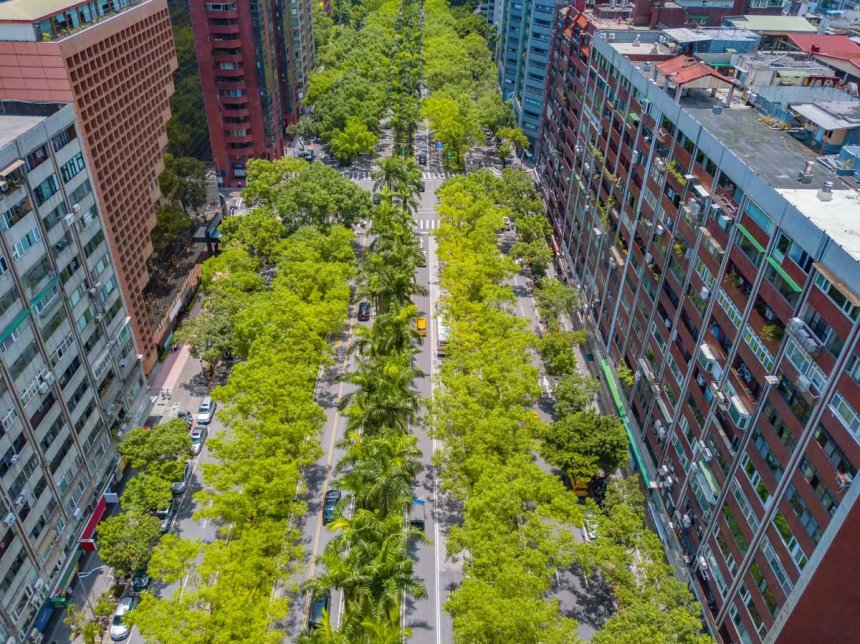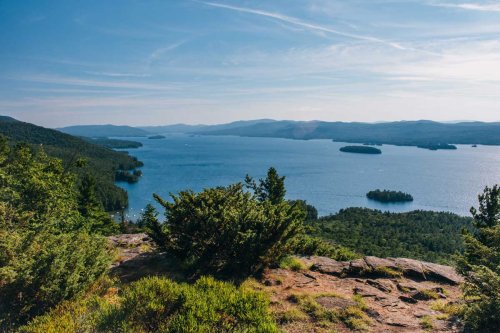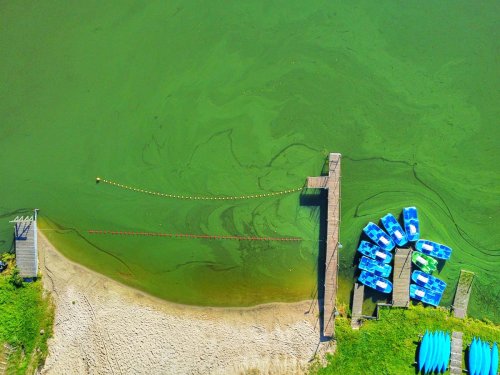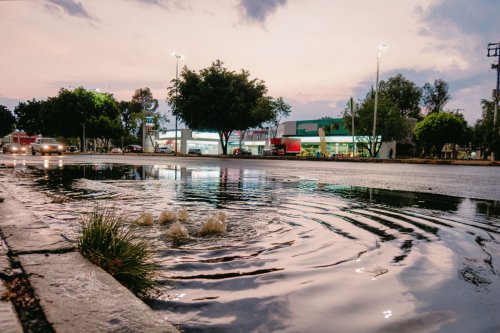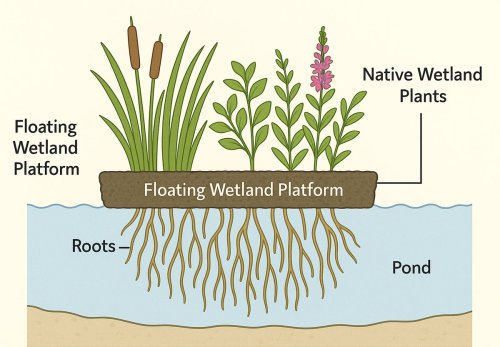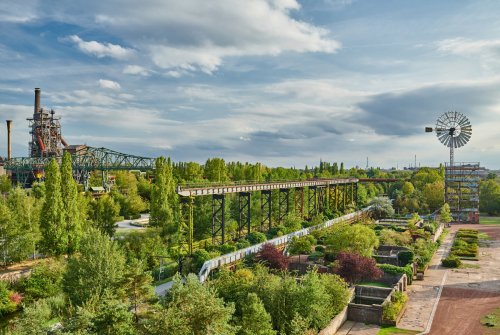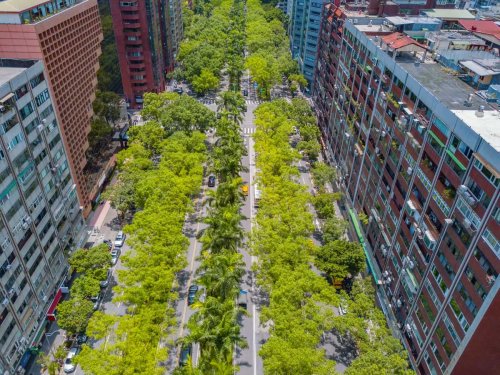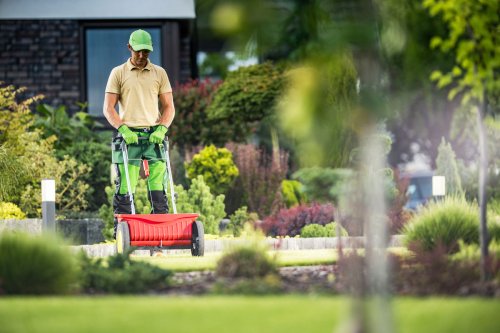Green Roofs in Cold Climates: Design Lessons for the Northeast
Cold weather does not preclude successful green roofs; it simply reshuffles the design priorities. When structure, drainage, and plant palette are tuned to the Northeast’s reality, municipalities gain a roofscape that intercepts spring downpours, cushions summer heat, and, come January, wears a white blanket that protects both membrane and sedums until the first thaw.
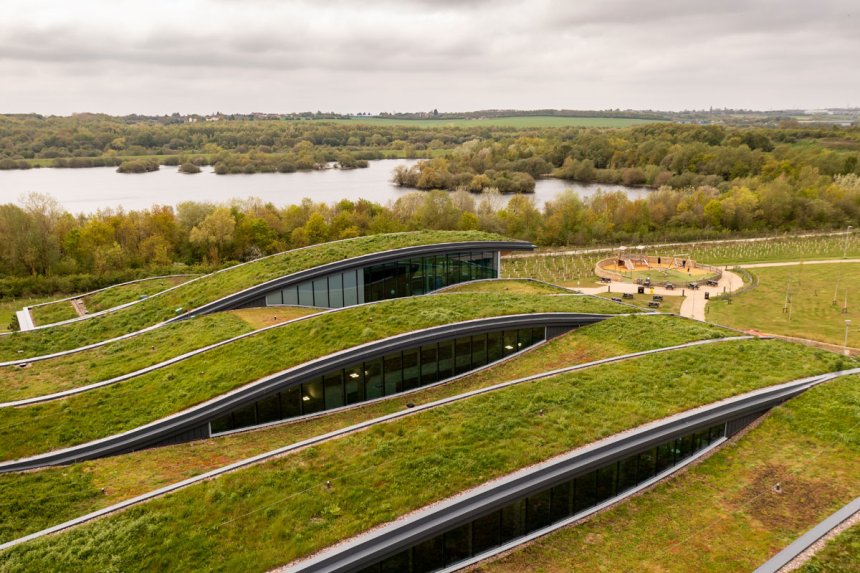
Green roofs are no longer a novelty on municipal buildings from Portland, Maine, to Philadelphia and Buffalo. They have matured into an accepted best practice for meeting MS4 storm-water goals, reducing combined-sewer overflows, trimming peak-summer energy demand, and shrinking urban heat islands. Yet, the Northeast’s long winters, sharp freeze-thaw cycles, and heavy, water-laden snowpacks place demands on vegetated roofing systems that subtropical “recipe books” ignore. The lessons below draw on two decades of research and field experience to highlight what works, and what struggles, when a green roof must survive Nor’easters as well as July heat waves.
Know the climate penalties and bonuses
Cold climates cut annual evapotranspiration almost in half and bury roofs under insulating snow for weeks. Winter retention therefore drops to roughly 25-40 percent of precipitation, compared with 70-90 percent in summer (polyguard.com). Snow cover, however, is not a design flaw; it adds R-value, moderates membrane temperatures, and shields plants from desiccating winds. New York City energy-modeling work shows membrane temperature swings shrinking from 90 °F on a bare black roof to about 10 °F beneath vegetation, a stress reduction that slows waterproofing fatigue and leakage (nyc.gov).
Engineer for snow + saturation loads, not just dead load
An extensive system may weigh only 16-35 psf saturated, but structural engineers must add local snow-load maps to that figure. In Syracuse or Burlington, code snow loads can top 50 psf. Account for drifting at parapets and ensure shear attachment of edge pavers. Where the roof is retrofitted, structural reinforcement is often cheaper than paring the assembly depth so far that plant health and retention suffer.
Choose drainage layers that survive freeze-thaw
The drainage course is the green roof’s Achilles’ heel in northern latitudes. New Jersey’s 2021 BMP manual now requires drainage products that are demonstrably freeze-thaw resistant and more permeable than the growing medium to prevent ice-block ponding (dep.nj.gov). Molded-plastic “egg-crate” panels with bonded geotextile outperform mineral aggregate because they maintain void space when the medium heaves.
Put insulation above the membrane whenever possible
An “inverted” or “protected membrane roof” configuration pushes extruded-polystyrene boards above the waterproofing but beneath the drainage panel. This keeps the membrane near indoor temperatures year-round and simplifies leak detection. The assembly is heavier, yet in Boston the added R-value reduced winter heat loss by about 8 percent while maintaining green-roof storm-water credits (nrdc.org).
Use a mineral-rich, shallow organic medium
Field trials across Quebec and coastal Maine show media with 70-80 percent expanded shale or pumice and no more than 15 percent organics resist frost heave and nutrient leaching. Depths of 3-4 inches balance weight with water-holding capacity; deeper profiles are only justified for public rooftop parks.
Plant a polyculture of winter-hardy succulents and alpine herbs
Sedum album, Sedum spurium ‘Dragon’s Blood,’ Sempervivum calcareum, and Delosperma cooperi tolerate Zone 4 lows and store water in their leaves to ride out mid-winter thaws (purple-roof.com). Trials by Green Roofs for Healthy Cities found mixed-species mats regrew 20 percent faster after snowmelt than single-species installations (greenroofs.org). Sprinkle small plugs of prairie dropseed or blue fescue to provide summer biodiversity without compromising drought tolerance.
Plan for shoulder-season hydrology
In March and early April rapid snowmelt can overwhelm scuppers. Locate overflows at the waterproofing level, not the growing-medium surface, so that melting water bypasses media still locked by ice. Philadelphia’s storm-water manual requires that drainage layers convey the 10-minute peak rainfall of the one-year storm without surface ponding - a good performance yardstick for the Northeast (water.phila.gov).
Maintenance is mostly seasonal
• Autumn: remove wind-blown tree litter that can smother low sedums.
• Winter: avoid shoveling snow off the vegetated field; only clear paths to roof drains.
• Spring: inspect drains, top-dress bare patches with pre-seeded growth blankets, and verify that root barriers remain intact around penetrations.
These tasks rarely exceed three visits per year, similar to conventional roof inspections, yet they double service life expectations for the vegetated assembly compared with bare membrane roofs (nyc.gov).
Leverage regional incentives
New York City’s Green Infrastructure Grant Program now counts green roofs toward detention requirements and has funded more than 16,000 GI assets, many of them roofs, since 2019 (nyc.gov). Massachusetts and several Vermont municipalities allow green-roof retention to offset infiltration volume in storm-water permits, and cities such as Portland, Maine, offer tax abatements for projects that document energy savings.
Key design checklist (expressed in a single breath)
Confirm load path and snow load calculations, specify a root-resistant waterproofing membrane, insulate above that membrane, select a freeze-thaw-proof drainage board, lay a bonded filter fabric, use a lightweight mineral medium no deeper than structural calculations allow, plug-plant hardy sedums plus a few native grasses, integrate overflow scuppers at membrane level, provide a four-inch parapet for wind protection, and schedule a biannual maintenance contract.
Cold weather does not preclude successful green roofs; it simply reshuffles the design priorities. When structure, drainage, and plant palette are tuned to the Northeast’s reality, municipalities gain a roofscape that intercepts spring downpours, cushions summer heat, and, come January, wears a white blanket that protects both membrane and sedums until the first thaw. Done right, a green roof becomes a year-round asset that pays dividends in storm-water compliance, energy savings, and civic goodwill.

